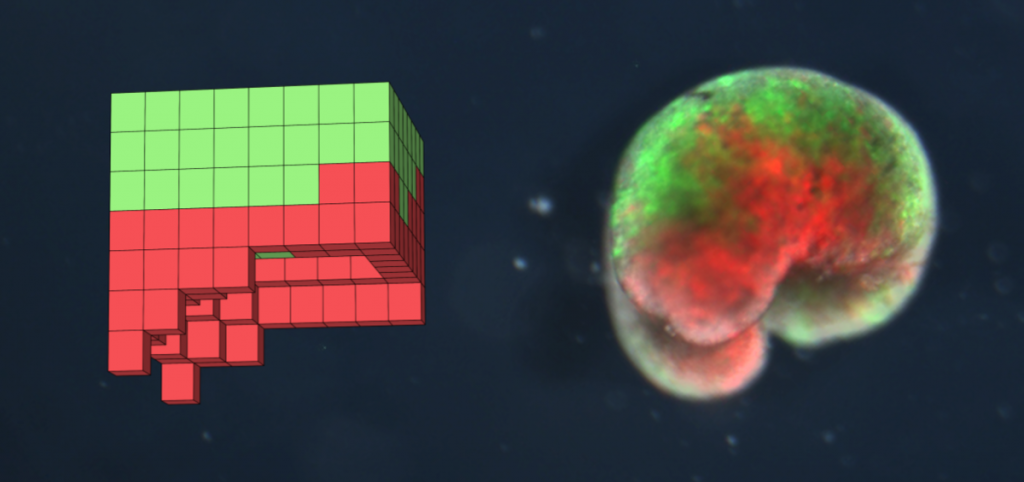This post is also available in Dutch.
Robots made of living cells
The word “robot”, a machine that can perform certain tasks on its own, has been around for 100 years now. It first appeared in a 1920 play written by the Czech writer Karel ?apek, although the notion of automatons and self-operating machines goes further back in history. A team of roboticists and biologists in the USA have recently begun to expand our notion of a robot. They build machines made not from metal, ceramics, and plastics, but from living tissue, called xenobots.
How to build a xenobot?
The first work on xenobots is from 2020, in which an embryo of an African clawed frog (Xenopus laevis) was used to harvest skin cells and heart muscle cells that were then assembled by hand into a computer-specified design. This design of xenobots was derived in a computer simulated environment using a genetic algorithm. It wasn’t thus researchers who came up with the specific shape of xenobots but the algorithm. The algorithm exploited a mechanism similar to that used by biological evolution: populations of candidate shapes were continuously modified and got discarded to favour the best shape. The goal of simulations was to evolve a xenobot able to move as fast as possible.
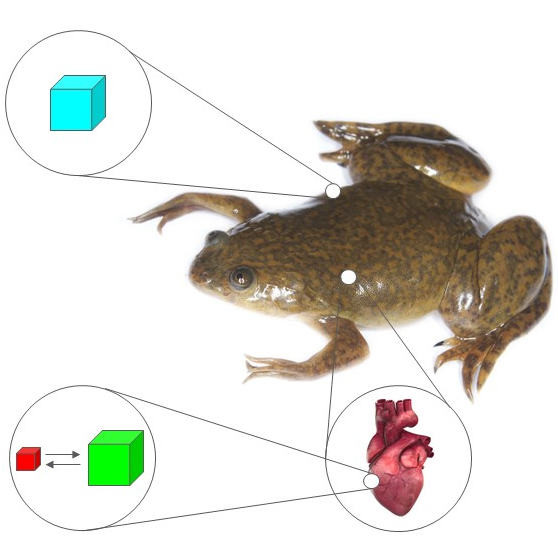
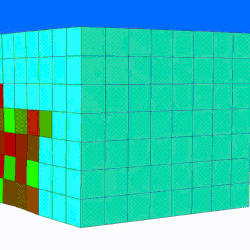
A xenobot whose shape doesn’t allow it to move 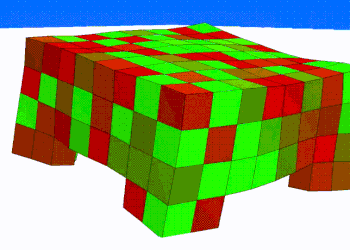
A xenobot that is able to move 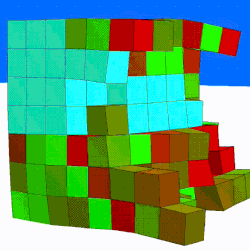
A xenobot that is able to move

What do we learn from xenobots?
Physical xenobots, which are about the size of a poppy seed, were indeed able to move around once built. In addition, they showed a behavior for which they were not evolved: when researchers sprinkled small particles in the Petri dish, xenobots started to aggregate them into piles. We like to think that a cognitive behavior – the ability to act in the environment – requires a nervous system. However, xenobots provide evidence that body is intrinsic to cognition. While the idea that embodiment facilitates cognition is not new and has been discussed in philosophy, robotics, cognitive neuroscience, linguistics, etc., to-date, xenobots provide the most tangible demonstration of this idea. The newest study on xenobots from 2021 also supports the importance of body shape. Most recently, C-shaped xenobots have been shown to make versions of themselves, essentially, self-replicate. This form of reproduction happened because C-shaped xenobots were ideal for sweeping up loose stem cells into piles that naturally clustered and developed into new copies of xenobots.
Implications of the xenobot experiments to science
Many people have recently become interested in the ethics of this work, posing questions, such as, What happens if a xenobot escapes the lab?[1]. Such questions are relevant to be asked, but a truly important idea was eloquently summarized by one of the co-authors of these studies, Professor of Computer Science Josh Bongard: “I think one of the potentials of xenobots moving forward is to help us with basic science. Imagine that we evolved a xenobot not to move quickly, but to be as conceptually transparent as possible, meaning that as the xenobot does whatever it does, it’s advertising its function, it’s showing us how it figured out what to do, if you study naturally evolved organisms, for very good reason, they do not give up their secrets, they hide how they’re doing what they do for good evolutionary reasons. Can we evolve conceptually transparent organisms or machines? I think that is going to transform biology and artificial intelligence in the years to come.”
Credits
Author: Julija Vaitonyte
Buddy: Kim Beneyton
Editor: Marisha Manahova
Translator: Felix Klaasen
Editor translation: Wessel Hieselaar
Image source: Josh Bongard
[1] Xenobots can only survive for about a week and since they are organic material, they would naturally decay.
